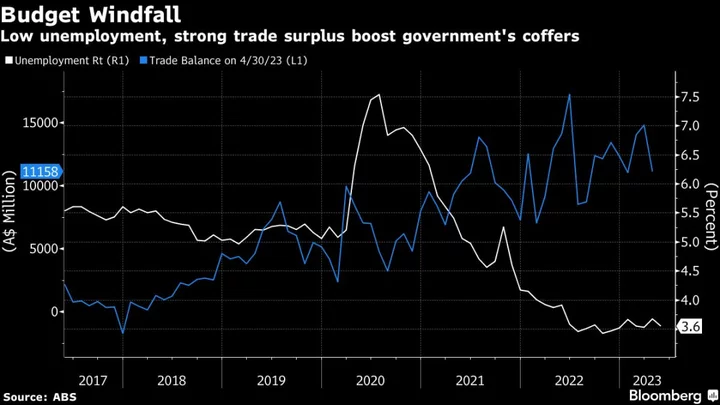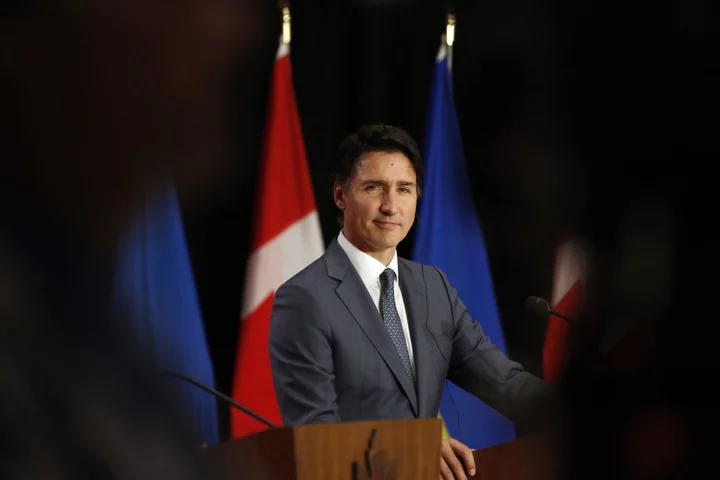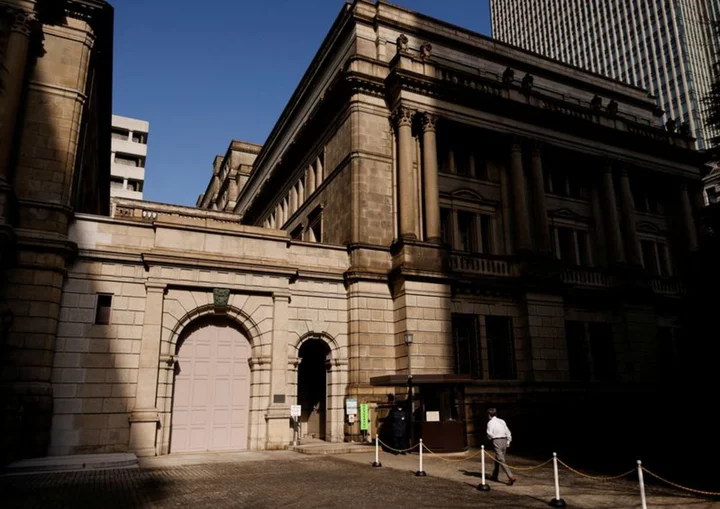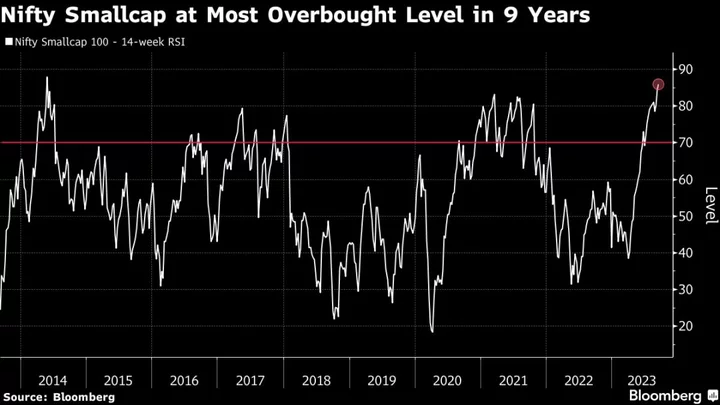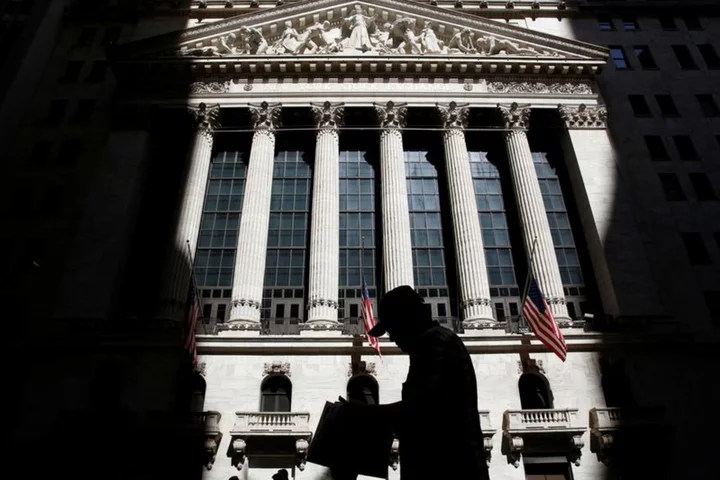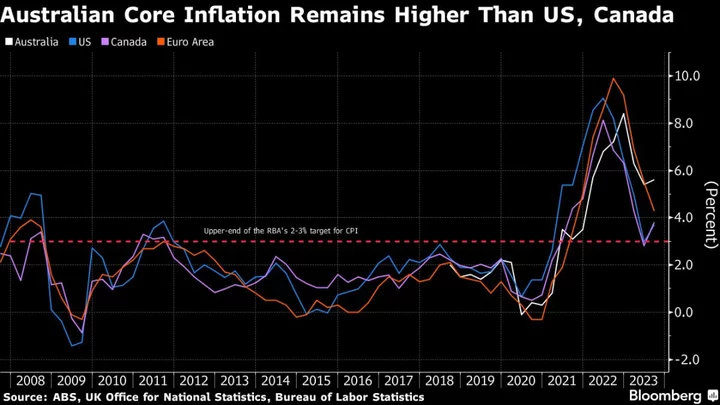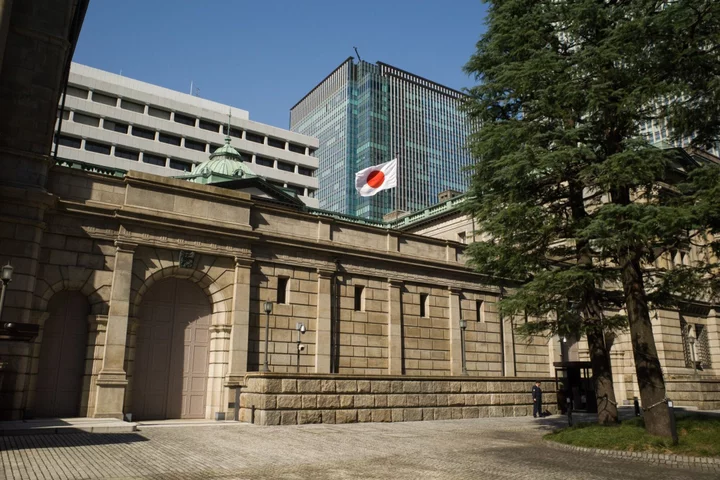Australia’s first budget surplus in 15 years will be larger than the A$4.2 billion ($2.8 billion) forecast just last month, Treasurer Jim Chalmers said, as elevated commodity prices and a tight labor market bolster revenue.
“We’re in a significantly better position,” Chalmers said in the text of a speech in the northern city of Darwin Wednesday, referring to the budget handed down seven weeks ago. “We’re expecting the surplus will be bigger than forecast.”
The budget surplus, Australia’s first since just before the 2008 global financial crisis derailed the nation’s finances, comes as Chalmers faces pressure to tighten spending further to slow inflation.
Chalmers highlighted in his speech that the government was showing prudence in banking the higher revenue, helping take “more heat out of the economy” and putting the budget on a sustainable path.
“The improvements in revenue that we’ve seen in recent times – driven by a combination of good prices for our exports and a consistently strong labor market – have helped us in that task,” he said.
Monthly consumer-price growth eased to 5.6% in May from 6.8% in April, beating economists’ expectations, data released Wednesday show.
Elevated inflation has intensified cost-of-living pressures and prompted the RBA to deliver its most aggressive tightening cycle in more than 30 years, raising rates by 4 percentage points in just over 12 months. That’s seen Australia’s highly-leveraged households squeezed on two fronts.
Australians Begin to Turn on Albanese as Inflation, Rates Bite
A survey by JWS Research published in the Australian Financial Review on Tuesday found 75% of those surveyed said cost-of-living was a major issue the government needed to address, ranking its performance to date as below par.
Chalmers reiterated that he expects Australia’s economy will slow significantly in the coming year as higher borrowing costs drag on activity. The RBA forecasts inflation will only return to the top of its target in two years’ time.
--With assistance from Swati Pandey.
(Updates with new inflation figures in 6th par)

